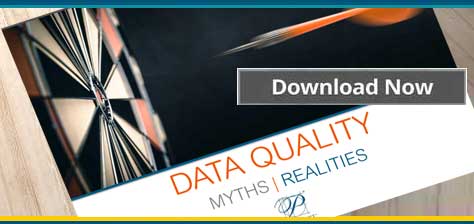The Basics
When discussing capture and recognition in document processing, a few fundamental concepts and principles are critical to understanding the wide range of technology options available to businesses today. These include OCR, ICR as well as recognition and interpretation automation.
OCR
Optical Character Recognition (OCR) locates and extracts document-based machine-printed information, and it’s been around for decades. Most large companies use some form of OCR or more advanced recognition engine when processing large volumes of documents.
ICR
Intelligent Character Recognition (ICR) offers the added benefit of converting hand-printed characters to machine print. “Intelligent” Character Recognition describes handprint recognition because ICR can handle variations in character shape. Advanced ICR software reads unconstrained handprint and even cursive.
Recognition & Interpretation Automation
Today, the most advanced data recognition and interpretation technologies are powered by machine learning. Application of artificial intelligence (AI) for automating document-oriented processes provides full document automation so that when companies receive documents from multiple sources and in varied formats, the software automatically identifies the document type, sorts them, locates needed data and extracts it, and then sends the documents and data to business systems enterprise-wide. Manual verification by staff is only necessary when a certain level of data quality cannot be guaranteed.
Recognition and interpretation automation systems emulate the way humans think in that they can be trained. By giving a representative sample set of documents and valid data results to the system, it learns how to accurately recognize instances of highly variable patterns like different formats, handprint, cursive and images.
Recognition Technology Principles – How It Works
Basic OCR extracts data from a given document without providing any intelligence—that is, context about the extracted data, its meaning or the document. ICR provides context. People read text by scanning entire words or even groups of words and not by looking at individual characters. When we are reading handwritten text and are unsure of a letter or word, we naturally look at the overall context to understand it. ICR systems imitate this approach by using dictionaries that contain possible field values. Primary recognition results are combined and alternate choices considered for the best possible results.
Locating and extracting data is accomplished by template-based, rules-based, feedback-based and machine learning approaches.
- Templates. Templates are useful for extracting data from forms that are standardized so the layout always remains the same. Boundaries can be drawn where the data is located.
- Rules-based techniques. Rules capabilities were implemented to account for variances in documents where data fields vary. Rules can include common locations of data, relative positions of one data element to another, common patterns of the data and data labels. Rules are rigid too because it’s dependent upon accounting for all the variations in the rules.
- Feedback-based techniques. This is a rules-based approach with user-feedback. When a document can’t be processed correctly using existing rules, it’s routed to a staff member who identifies the correct data and this is added to the rules. By leveraging staff, verification by the team is necessary to insure the system performs accurately.
- Machine learning-based techniques. – Machine learning is ever-advancing. Today, it allows rules to be automatically generated instead of being created manually. This automation is possible by providing the system large volumes of samples so that every type of document with all its variations are accounted for in the auto-generated rules from the representative sample set.
The Next Stage
The next step in document processing is document processing automation with advance machine learning techniques that enable configuration. Instead of manually configuring a system, sample sets and ground truth data are leveraged to automate the entire process.
If you found this interesting, check out our latest eBook on data quality:





